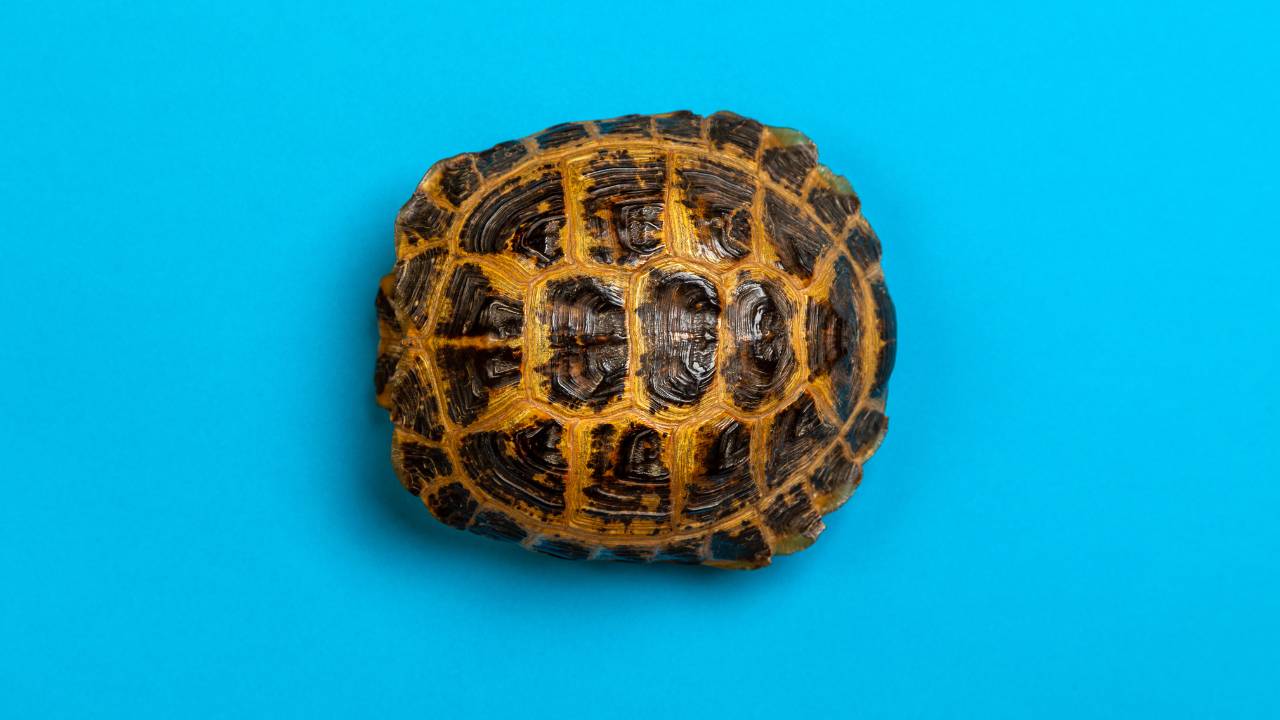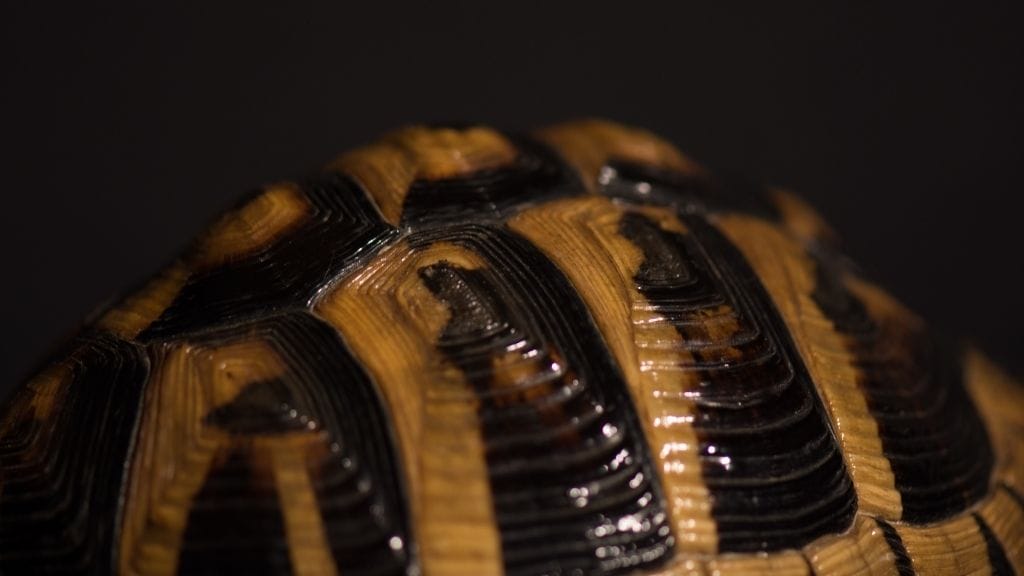10 Surprising Facts About Turtle Shell Patterns You Never Knew

This post was created with help from AI tools and carefully reviewed by a human (Muntaseer Rahman). For more on how we use AI on this site, check out our Editorial Policy.
Turtle shells aren’t just tough—they’re full of secrets.
From hidden age clues to wild camouflage tricks, shell patterns can tell us way more than we think.
I used to think all turtle shells looked the same—brown, bumpy, and boring. But once I started noticing the details, I couldn’t unsee them. Turns out, those lines and swirls are like nature’s diary.
Here are 10 surprising facts about turtle shell patterns that might just change the way you see every turtle from now on.

1. No Two Turtle Shells Are Exactly Alike
Think all turtle shells look the same? Not even close.
Each shell has its own mix of color, pattern, and scute shape—kind of like a fingerprint, but on a walking rock. Even turtles from the same clutch can have wildly different markings.
Some have neat, clean rings. Others look like a messy paint job. You’ll see blotches, swirls, fades, or strong contrast—sometimes all on one turtle.
These differences come from a mix of genes, growth rate, sunlight exposure, diet, and even past injuries. That’s why shell pattern is actually used by researchers to track individuals in the wild.
So if your turtle has weird markings, don’t worry. That’s just its signature look.
2. Shell Patterns Can Change Over Time
Your turtle’s shell isn’t frozen in time—it evolves.
Baby turtles usually start with bright, crisp patterns. But as they grow, those lines can blur, darken, or even fade completely. It’s not because they’re getting old and grumpy (well, maybe a little)—it’s just how their shell matures.
Things like UV exposure, growth spurts, shedding, and even water quality can change how the pattern looks. Some get darker with age. Some develop new rings or weird spots after an illness or injury.
So don’t be surprised if your turtle’s shell looks totally different a few years from now. It’s not broken. It’s just living its best life.

This Hilarious Turtle Book Might Know Your Pet Better Than You Do
Let’s be real—most turtle care guides feel like reading a textbook written by a sleep-deprived zookeeper.
This one’s not that.
Told from the snarky point of view of a grumpy, judgmental turtle, 21 Turtle Truths You’ll Never Read in a Care Guide is packed with sarcasm, sass, and surprisingly useful insights.
And hey—you don’t have to commit to the whole thing just yet.
Grab 2 free truths from the ebook and get a taste of what your turtle really thinks about your setup, your food choices, and that weird plastic palm tree.
It’s funny, it’s honest, and if you’ve ever owned a turtle who glares at you like you’re the problem—you’ll feel seen.
3. Some Shells Are Built for Camouflage
Turtle fashion isn’t about standing out—it’s about not getting eaten.
Some species have shell patterns that let them vanish into their surroundings. The Mata Mata turtle? Looks like a soggy pile of leaves. Box turtles? Their blotchy, broken colors help them blend right into the forest floor.
This isn’t just cool—it’s survival. Predators glance right past them, thinking they’re just part of the scenery. Nature’s version of invisibility mode.
So next time you’re walking in the woods, that weird rock might actually blink at you.
4. Shell Rings Don’t Actually Tell You the Turtle’s Age
Yeah, those little rings on the shell? Not as helpful as people think.
A lot of folks say you can count the rings like tree trunks to find a turtle’s age. Sounds cool—but it’s mostly guesswork. Those rings form during growth spurts, not birthdays.
If a turtle eats well and grows fast, it might get several rings in one year. If it’s stressed or sick, it might skip them entirely. So you could be looking at a 5-year-old turtle with 12 rings—or a 15-year-old with 6.
Bottom line: shell rings are more like mood swings than calendars. Fun to look at, but don’t trust them too much.

5. Injuries and Illnesses Can Leave Marks on the Shell
Turtle shells remember everything.
A past injury, infection, or even poor diet can leave behind scars, pits, weird bumps, or faded spots. It’s like the shell keeps a record of what the turtle’s been through.
Ever seen a tortoise with a dented or discolored scute? That’s not just bad luck. It could be from a shell rot episode, calcium deficiency, or some sketchy fall it took years ago.
These marks don’t always go away. But as long as the turtle’s healthy now, think of them as battle scars—proof it’s been through stuff and made it out stronger.
6. Some Turtles Are Born With Weird Shell Patterns
Not every shell follows the rules.
Some turtles are born with oddball patterns thanks to rare genetic quirks. You might see one with half-and-half coloring, uneven scutes, or patterns that look like a digital glitch. It’s not Photoshop—it’s just how they came out.
These aren’t always bad. In fact, breeders sometimes go wild over these “morphs” because they’re unique. Think of it like the turtle version of rare sneakers.
Just don’t assume something’s wrong if your turtle looks different. Sometimes weird is just natural.
7. Hybrids Can Have Totally Unexpected Shell Designs
When two different turtle species mix, their shells can get real funky.
Hybrid turtles often don’t follow any pattern rules. A red-eared slider mixed with a cooter? You might get a shell that looks like both—or neither. Colors, rings, scute layout—everything can be unpredictable.
These mashups usually happen in captivity or in the wild where habitats overlap. They’re rare, but when they show up, shell patterns can look like a brand-new species.
It’s like genetic roulette. You never know what kind of shell you’ll get.
8. UV Light Can Change Shell Color
Your turtle’s shell gets a tan too—kind of.
Turtles kept under strong UVB lights or natural sunlight often develop darker, richer shell colors over time. It’s a response to UV exposure, like how we tan under the sun (minus the sunscreen and regret).
This change isn’t harmful—it’s normal. In fact, lack of UV can make shells pale or dull, which isn’t a good sign. So if your turtle’s shell is glowing like it just got back from vacation, that’s actually a good thing.
9. Shell Patterns Can Help Scientists Track Wild Turtles
Yes, researchers actually use shell patterns like ID cards.
Some species have patterns so distinct that conservationists can photograph them and use software to track individuals. It’s called photo-identification, and it’s especially useful for species like box turtles and wood turtles.
No tags. No chips. Just pattern recognition—like facial recognition, but for turtles.
So next time you think a turtle looks familiar… maybe it is the same one you saw last summer.

10. Shell Color and Pattern Reflect the Habitat
Turtle shells are designed for their environment—literally.
Desert tortoises have dusty, tan shells that blend into dry sand. Forest turtles like the box turtle have blotchy patterns to hide in leaf litter. Aquatic turtles tend to have smoother, darker shells that match murky waters.
It’s not random. It’s survival. Their shell isn’t just armor—it’s a built-in disguise made for their home turf.
Nature doesn’t waste paint. Every color and swirl has a job.

About Author
Muntaseer Rahman started keeping pet turtles back in 2013. He also owns the largest Turtle & Tortoise Facebook community in Bangladesh. These days he is mostly active on Facebook.











